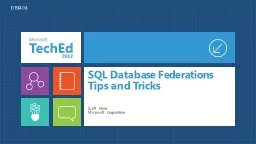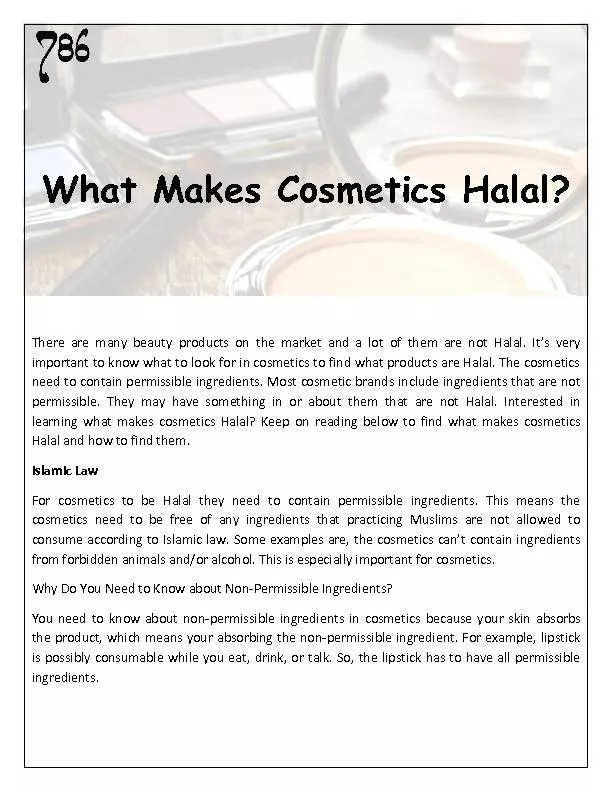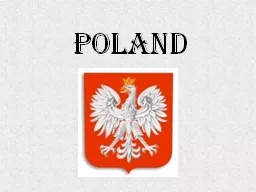PPT-STRATEGIC MANAGEMENT IN POLISH SPORT FEDERATIONS
Author : trish-goza | Published Date : 2019-12-20
STRATEGIC MANAGEMENT IN POLISH SPORT FEDERATIONS SWOT ANALYSIS Michael Troilo PhD Wellspring Associate Professor of Finance and International Business Warsaw 29052018
Presentation Embed Code
Download Presentation
Download Presentation The PPT/PDF document "STRATEGIC MANAGEMENT IN POLISH SPORT FED..." is the property of its rightful owner. Permission is granted to download and print the materials on this website for personal, non-commercial use only, and to display it on your personal computer provided you do not modify the materials and that you retain all copyright notices contained in the materials. By downloading content from our website, you accept the terms of this agreement.
STRATEGIC MANAGEMENT IN POLISH SPORT FEDERATIONS: Transcript
Download Rules Of Document
"STRATEGIC MANAGEMENT IN POLISH SPORT FEDERATIONS"The content belongs to its owner. You may download and print it for personal use, without modification, and keep all copyright notices. By downloading, you agree to these terms.
Related Documents














